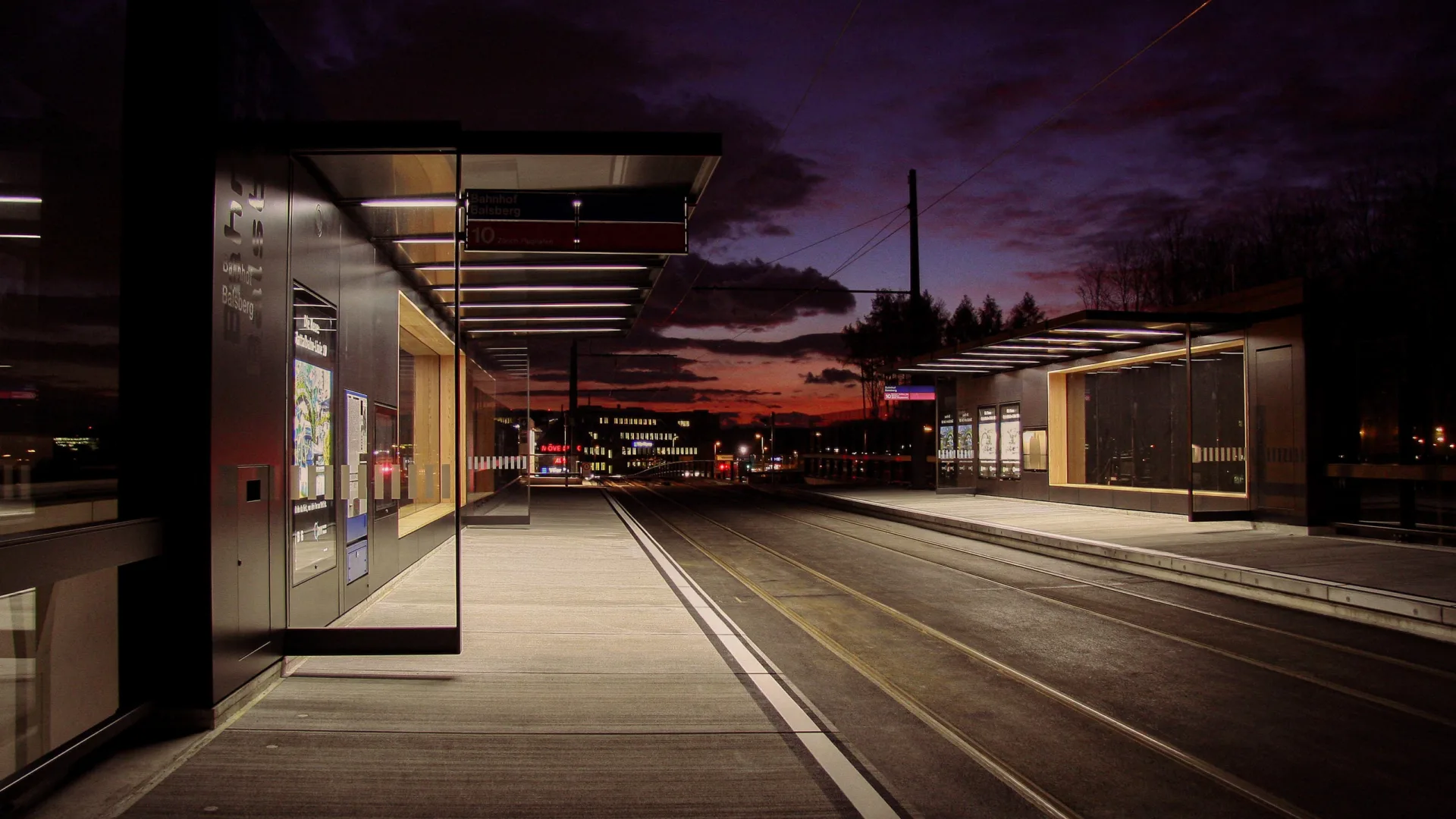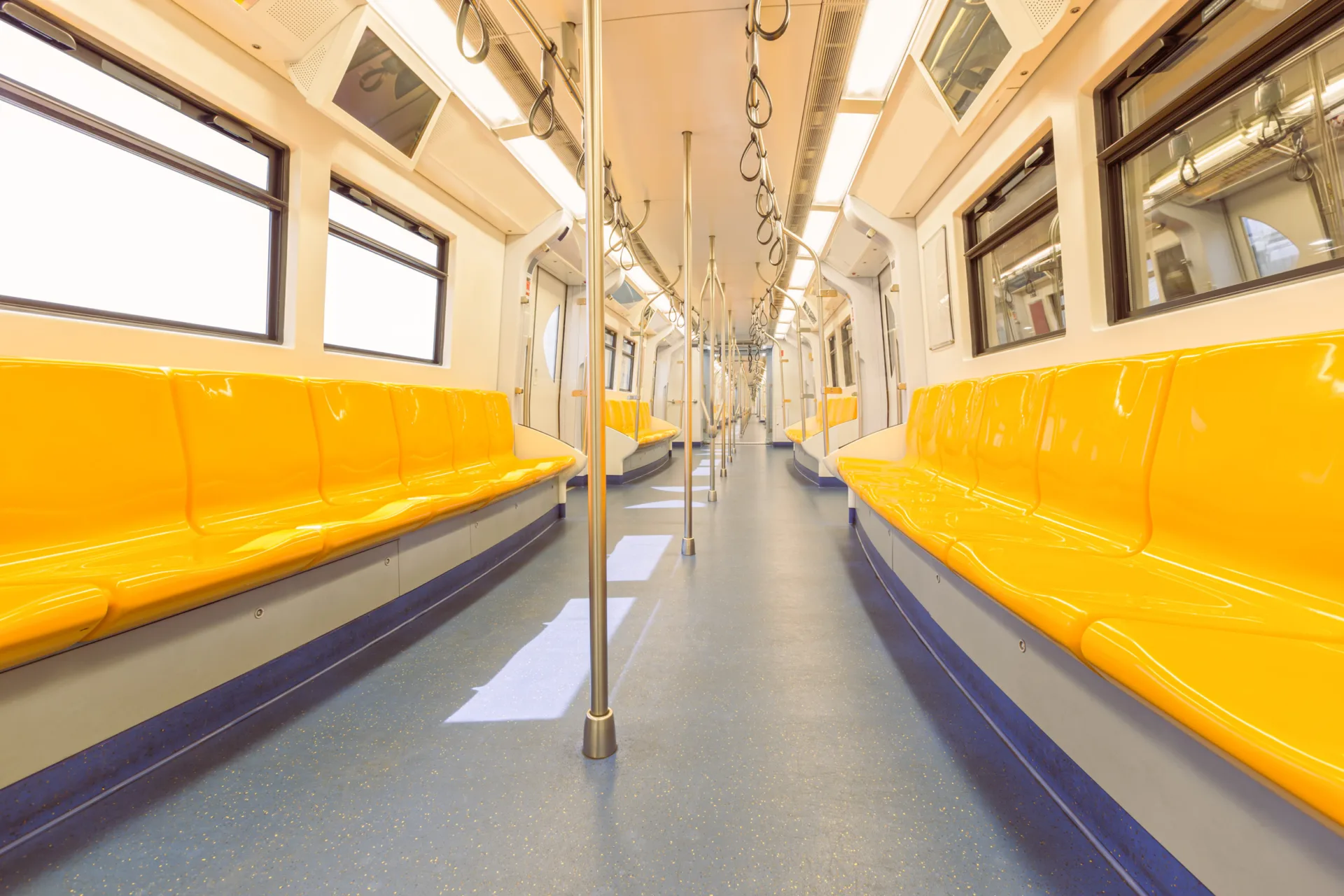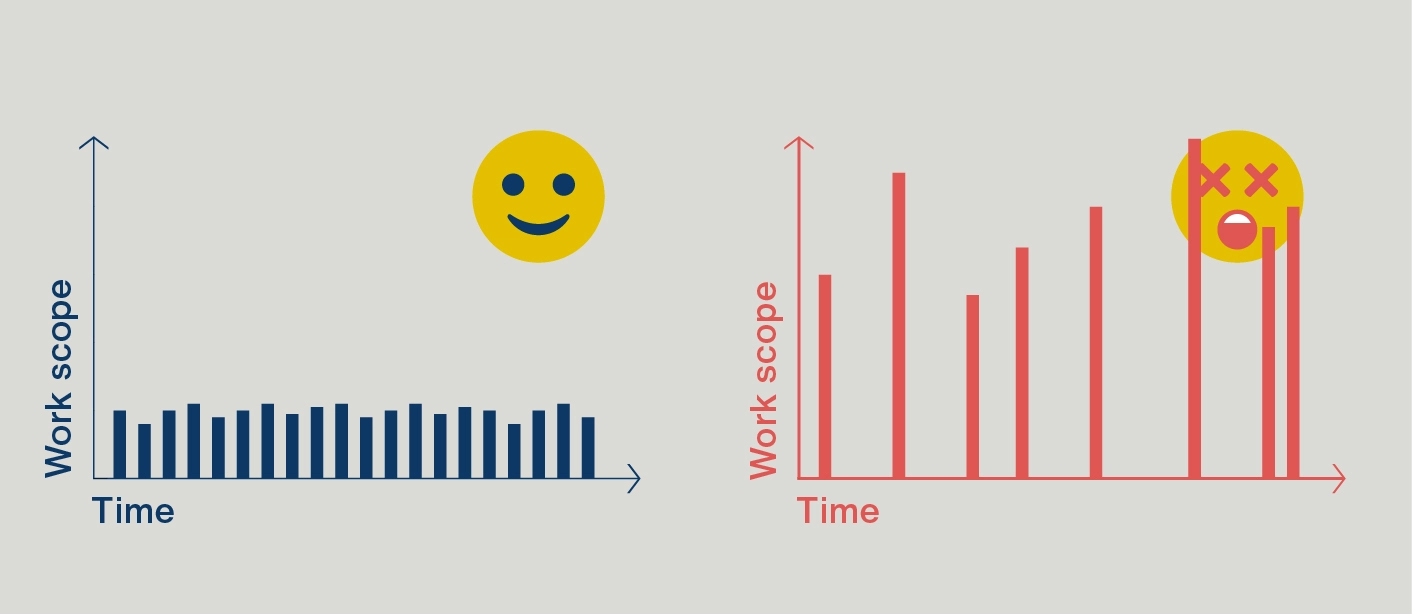Vandalism is a constant challenge in the public space. In the past, the response has often been to create indestructible "tank-like" elements. However, this approach has generally failed to produce the desired result, as such elements offer an enticing challenge to vandals. What’s worse is the signal that such elements send to users of the public space: We don't trust you to behave normally – keep away. This indirect message of non-appreciation leads to a reduction in visitors, which in turn leads to an increase in vandalism activities.
An alternative strategy is to focus on the creation of high-value designs and materials. Elements designed in this way demonstrate that it is important to a town or city that people spend time in the public space – and that they are valued there. This increases the use of and identification with the public space. At which point it becomes “my” place, which I want to take care of and, if necessary, defend against vandals. It has been shown again and again that high-quality public infrastructure is vandalised less often and extensively than supposedly “indestructible” infrastructure.


Die genau konträre Strategie besteht in der Erstellung von hochwertigen
Designs und Materialien. Solche Elemente zeigen, dass es einer Stadt
wichtig ist, dass die Leute sich im öffentlichen Raum aufhalten und dort
wertgeschätzt werden. Dadurch steigt die Nutzung und die Identifikation
mit dem öffentlichen Raum. Aus einem Platz wird auf einmal «mein»
Platz, für den ich sorge und für den ich mich auch gegen Vandalen wehre,
wenn nötig. Weiter ist mehrfach nachgewiesen, dass wertige öffentliche
Infrastruktur weniger oft und umfassend vandalisiert wird, als
vermeintlich «unzerstörbare».

Alongside the general status and value of an object, so-called "sacrificial surfaces" also play an important role.In many BURRI Public Elements, these sacrificial surfaces are already incorporated into the design. A sacrificial surface aims to concentrate the act of vandalism to a specific area that can be repaired or replaced more quickly and inexpensively. For example, solid wooden surfaces are often used in BURRI stopping point infrastructure products. Valuable, solid wooden surfaces exert an irresistible gravitational pull for graffiti or carvings, but are easy to repair, e.g. by sanding. Comparable damage to painted metal surfaces or glass is far more laborious and expensive to repair and clean up.
Other smart anti-vandalism functions found in BURRI products include predetermined breaking points that give way at a specific exerted force and thus protect the element, or sensors that can anticipate vandalism through sound or movement and respond accordingly, e.g. through the sudden illumination of the space or by alerting the police.